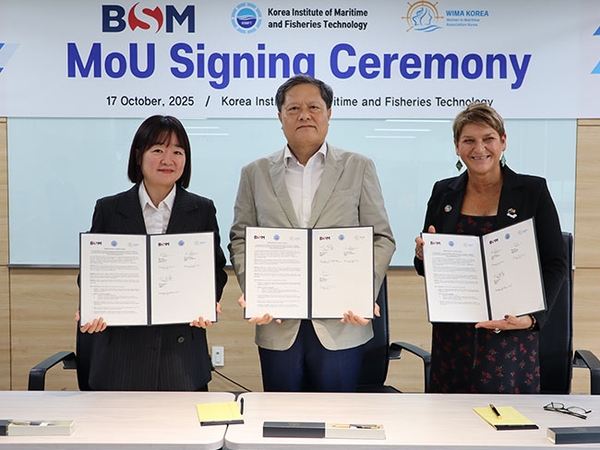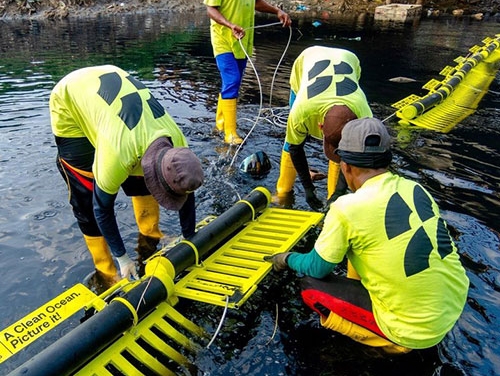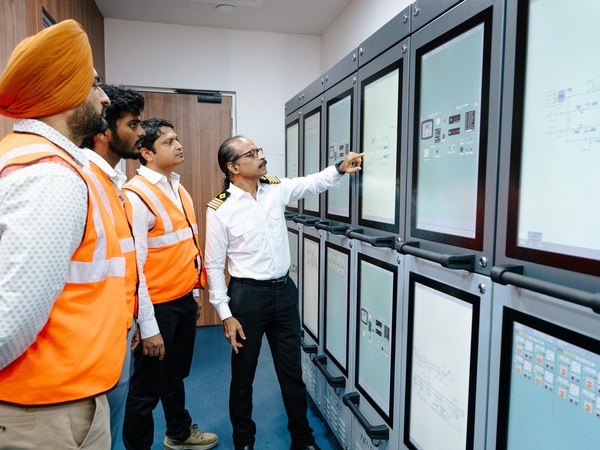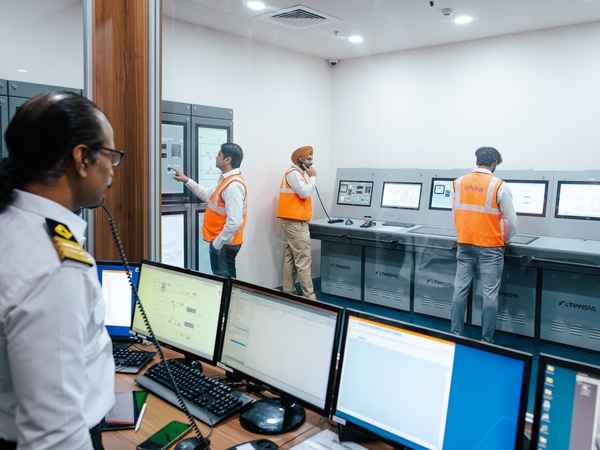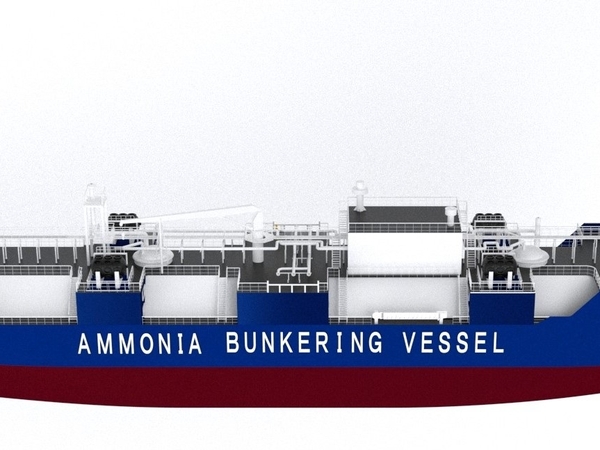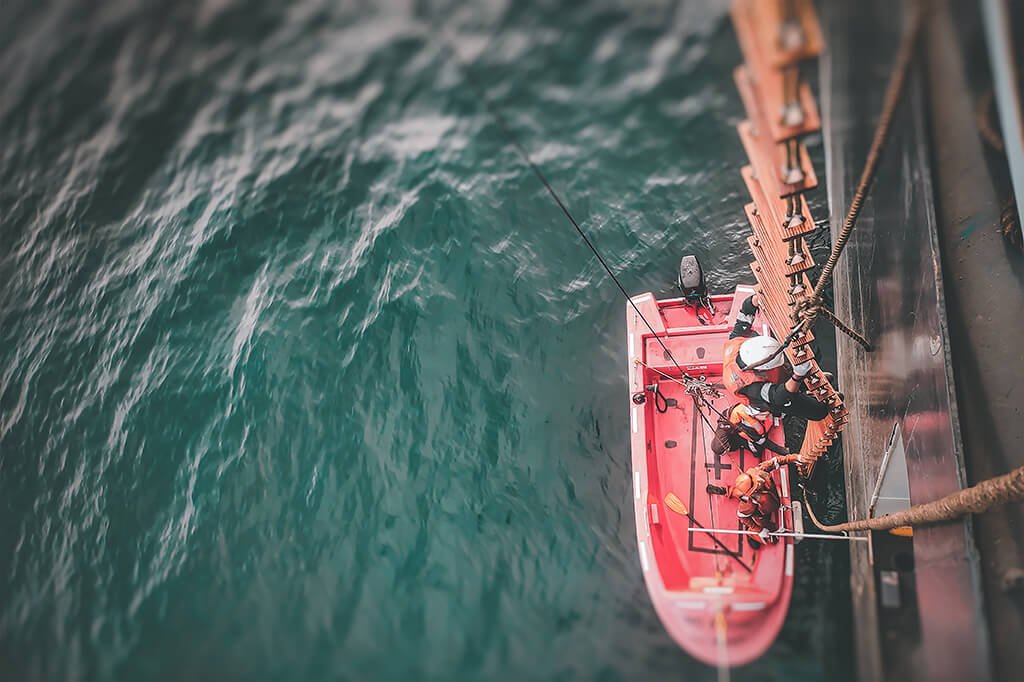
Incident Hot Spots - a Global Overview of Navigation Incidents
Here’s a quick glance of all navigation incidents around the world and what we can learn from them.
Most of the investigation reports conclude that “human error” is the root cause of navigation incidents. In such incidents the human error generally means lack of situational awareness, poor lookout and incompetence. In fact, the human error may well be just one of many factors contributing to the incident. Other relevant factors such as geographic areas of high incident frequency or “navigation hot spots” must also get due consideration. Another contributing factor that requires attention is ship’s behaviour.
Consider the following variables when ranking areas with high numbers of collisions and / or groundings:
- These areas are not consistent in their geographical expanse
- The traffic flows can vary between geographical locations
- The areas are exposed to different climatic conditions like winds and tidal currents
Sailing Days
The phrase “sailing days” means the number of ships multiplied by the amount of time (in days) they spend in each area.

Top 10 regions for sailing days (traffic flows) per geographic area

Top 10 regions for incidents per geographic area
Global Hotspots
Mariners normally consider the areas of high traffic density as high risk for navigation. However, that may not always be the case. Above figures indicate that Singapore and Malacca straits see the highest traffic flows yet have a low incident rate. Similarly, Ningbo and Shanghai approaches also have a low incident rate despite some of the busiest trade flows.
From above figures it is evident that some areas are more vulnerable to groundings or collision risk. In general, ports with high traffic density which may be largely unregulated could contribute to high rates of collisions. Similarly, ports with significant annual and / or diurnal tidal variations may increase the risk of groundings. While there could be several factors responsible for high grounding incidents in ports, some prominent factors include:
- Traffic separation schemes (TSS)
- Depth and width of navigable waters
- Effectiveness of Vessel Information and Traffic Systems (VTIS)
- Pilot training and experience in navigating in the area
- Geographical location with respect to currents, exposure to the weather elements and other external factors
Key Risk Factors
Grounding
The following are some of the high-risk factors for grounding incidents:
- Max speed relative to service speed: This is the maximum observable speed (AIS speed) during the year preceding the incident. This is measured as a percentage of the ship’s service speed. “Service speed” is the highest speed the ship is designed to maintain at sea at the deepest seagoing draft. The higher the observable speed as compared to the service speed, the higher the likelihood of a grounding.
- River traffic: This is the percentage of time the ship is operating in a river. The higher the amount of time, the more likely the ship is to have an incident.
- Unique ports called: The number of unique ports visited by the ship in the year preceding the time of the incident. The risk when calling a port for the first time is higher especially if the bridge team is unfamiliar with the port.
- Proportion of time in median speed (higher is better): The proportion of time the ship is operating at the median operating speed in a given year. With fewer speed fluctuations the risk of grounding is lower. Higher number of port calls in a year increases the risks related to grounding. This is relevant to all ports in the world and not just the hot spots mentioned in this article.
The above risk factors can give a better understanding of grounding incidents beyond the traditional approach of human error. One can also understand if there are practical control measures that can be put in place to mitigate the risk.

Top 10 areas for groundings
Collisions
The below list highlights the risk factors that show a strong correlation with collision incidents:
- Time anchored: Out of the total operating time, the percentage of time the ship is at anchor. The longer a ship stays at anchor the higher the risk of a collision. This risk is high especially for ships anchored around busy traffic lanes
- Max speed relative to service speed: The maximum observable speed during the last year, measured as a percentage of the ship’s service speed. This is a common factor between grounding and collision incidents
- Calls to large ports: The higher the traffic in a port, the higher the risk factor associated with the port
- Accelerations: Out of the total operating time, the share of time the ship spends accelerating more than 1.2 km/minute. Movement data provides clear correlation between frequent accelerations and collisions
- Mileage: The higher the total nautical miles travelled by a ship in a year, the lower the risk of collision

Top 10 areas for collisions

